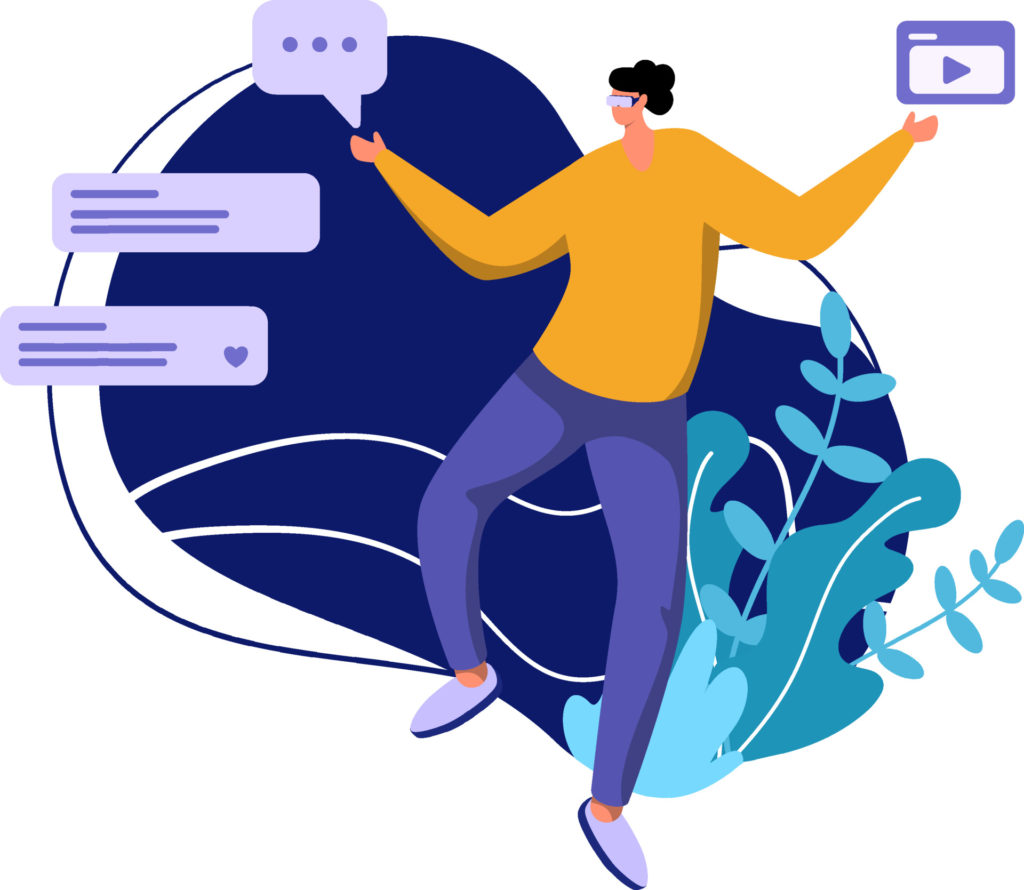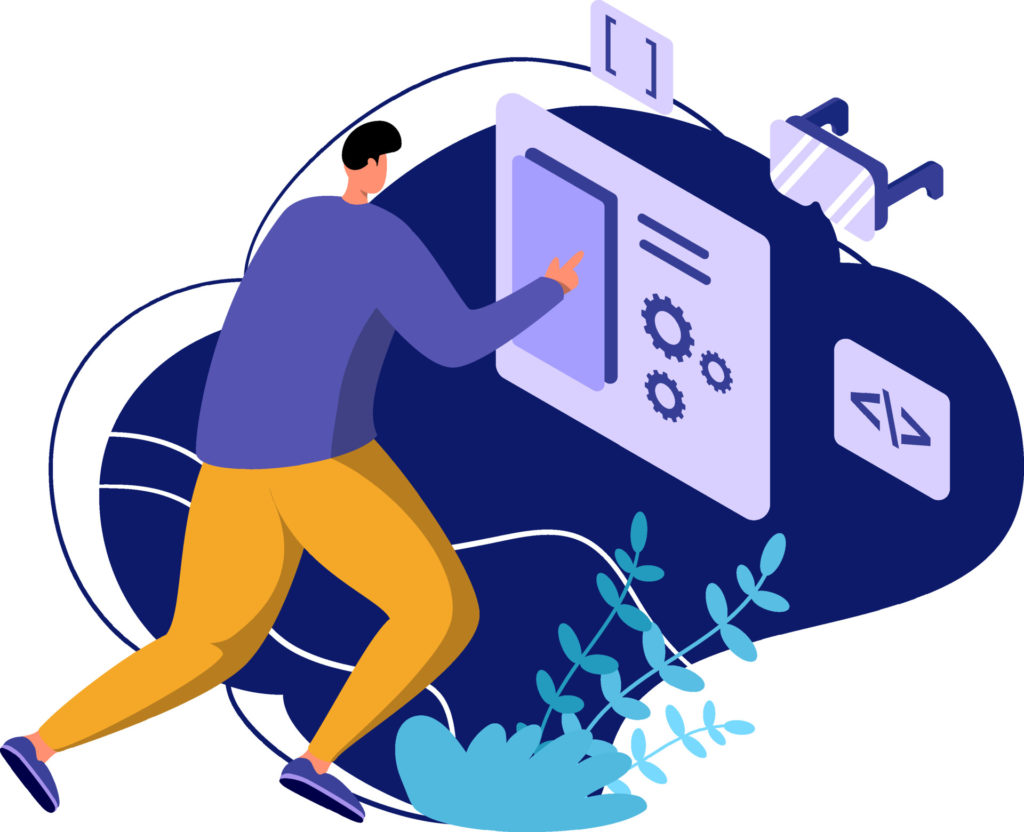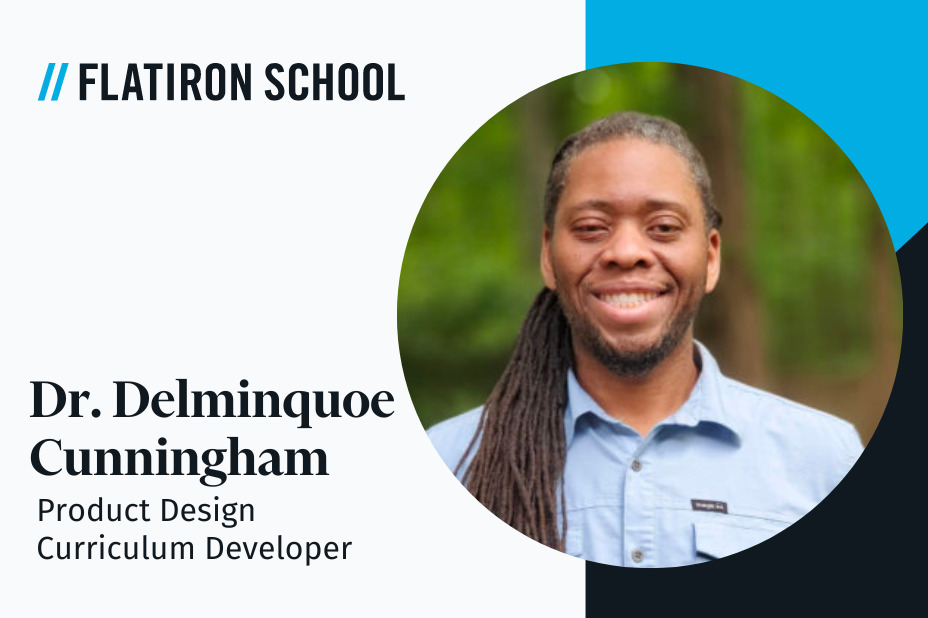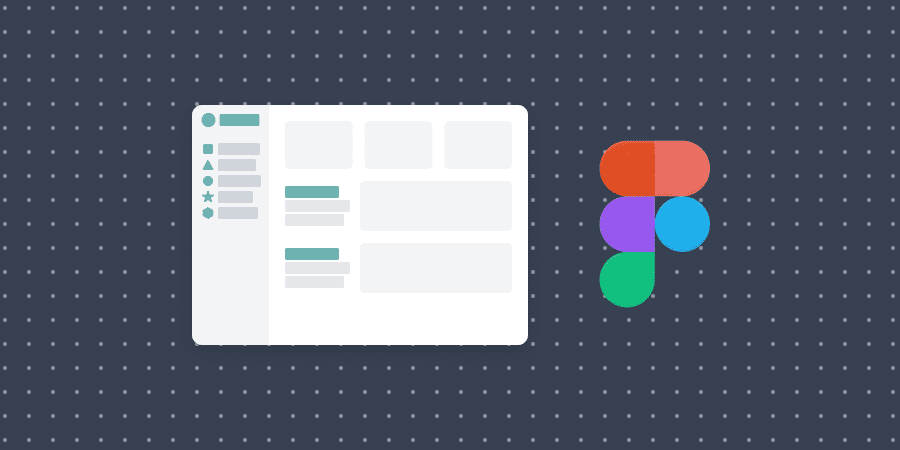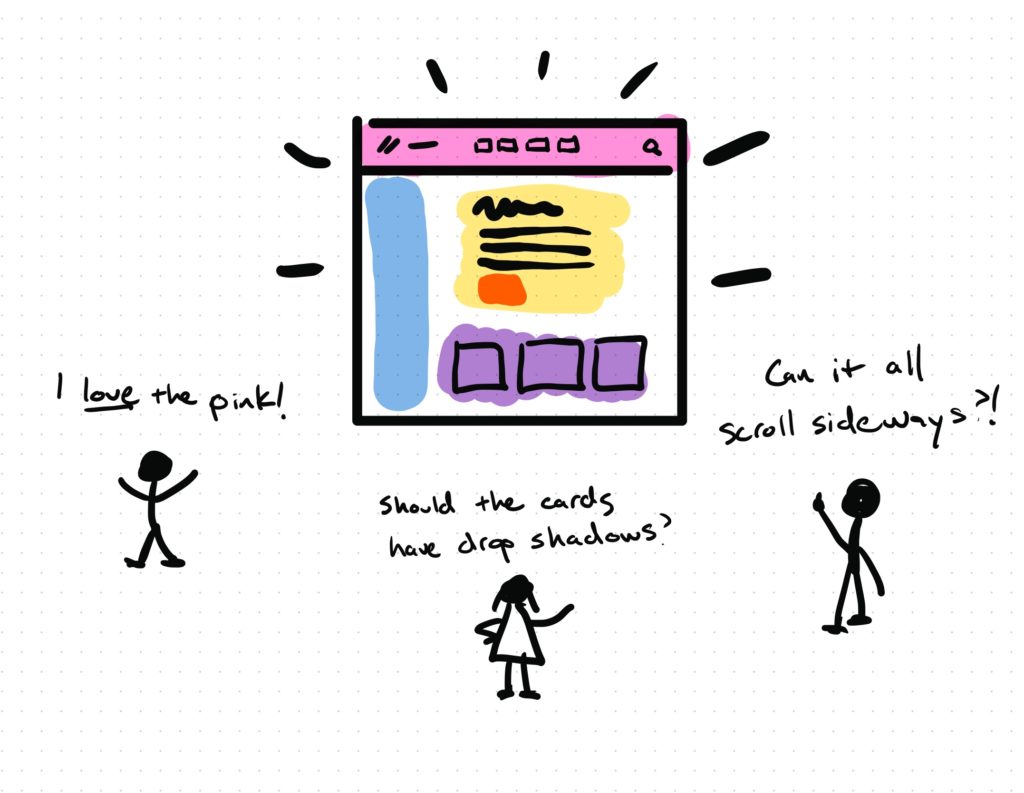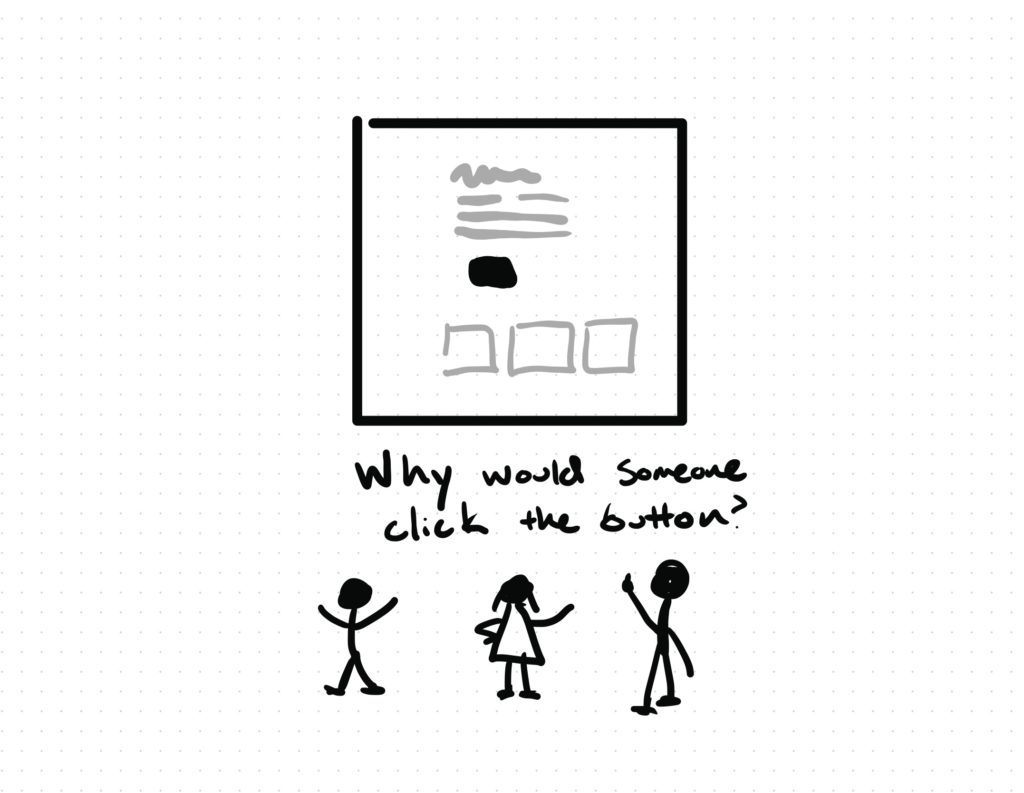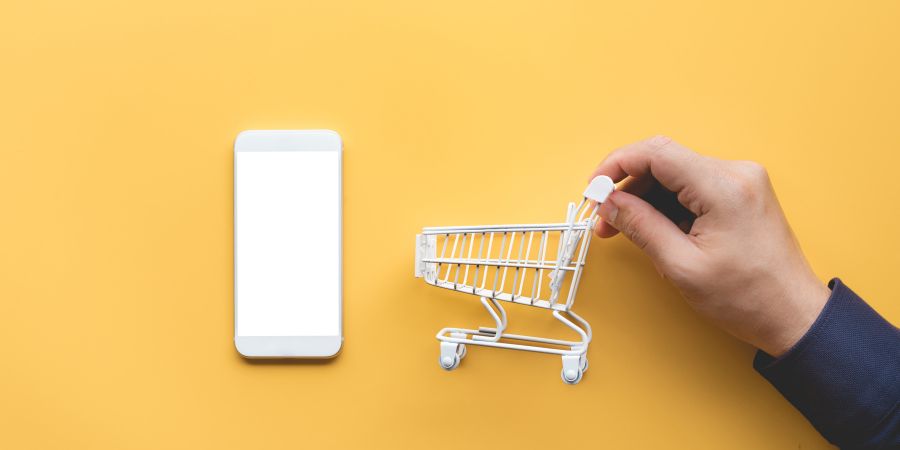Interviewing for product design jobs is hard. It would be great if you could just be accepted without the stressful formal interview process, but unfortunately, that’s not the case.
So, the best thing you can do is prepare.
This is the interview experience I went through. You may have more rounds, fewer rounds, different questions, etc., but this was my experience to help you in yours.
Round 1: Phone Screen
Getting an email requesting a phone screen (a quick chat, brief call, etc.) is great! It means that someone looked at your resume and liked what they’ve seen so far. Phone screens are typically conducted by recruiters or HR and are intended to weed out bad-fit candidates so only qualified contenders are forwarded to the hiring manager.
What to expect: Phone screens usually include straightforward questions about why you applied for the job, what your salary requirements and availability are, and whether you have some of the basic skills required.
How to succeed: Don’t just answer the phone when it rings – prep beforehand! Review the job description for fit, practice your “tell me about yourself” pitch, and do some research on the company.
Round 2: Hiring Manager Interview
If you’re a good fit for the job based on basic qualifications, you’ll likely be moved to the next round. This is usually an interview with the hiring manager, and would most likely be your direct supervisor if you’re hired (though not always).
This round allows the interviewer to get to know you, learn about your background and skill set, and judge whether or not you would be a good fit for the company and team.
But, interviews are a two-way street. Use this round to ask questions about the role, the design team, and the company culture to determine if you would want to work there.
What to expect: This round usually has the expected interview questions like “tell me about yourself”, “why do you want to work here”, and “why are you leaving your current job”? Prepare for the more common questions, Product Design specific, and industry-relevant topics.
Some questions to specifically have answers ready for:
- What is your definition of product design?
- How does your design process typically begin?
- How do you approach making user personas?
- How do you use user personas?
- What research methods do you use to gain consumer insight?
- Describe a product you designed in a previous position.
- How would you rank your user experience and interaction design skill level?
- How many iterations of prototypes do you usually go through?
How to succeed: The key to succeeding in this round is to highlight the value you can bring to the organization. Have concrete examples ready of previous projects where your designs have had a significant impact. Your answers should demonstrate that you are capable of excelling in the role, so emphasize why your skills and experience make you the best candidate for the job. And don’t forget to research the company and practice your answers beforehand!
Round 3: Portfolio Review
This round may be entirely separate or part of one or all of the other rounds, depending on the company’s process. You’ll likely have submitted your portfolio as part of the initial application, and should be ready to discuss its components in any interaction with the company.
What to expect: Your portfolio of past projects is the best example of what the company can expect should they hire you. They may go front to back, hop around, or only ask about a few designs. Their aim is to see how you got to the final compositions, and how that workflow could be implemented to solve their design challenges.
How to succeed: Don’t assume that the hiring manager (or any other employee interviewing you) has reviewed your portfolio before walking into the room. Walk them through your best pieces, clearly explain your design process, and highlight the impactful outcome of your contributions. Bonus points if you practice your explanations for each piece beforehand.
Round 4: Stakeholder Interview
If the hiring manager liked you enough to pass you on to the next round, you’ll most likely have a least one more interview with a relevant stakeholder. This person may or may not be in your direct department, but their work will intersect with yours or your teams.
What to expect: The previous rounds established your qualifications, skill set, and overall fit for the role, so this is more likely to be a less in-depth conversation meant to judge your culture fit. Expect more personality-related and high-level design questions.
How to succeed: Try to establish a good rapport based on information gathered from previous interviews to demonstrate your knowledge of the company, its design needs, and the wider industry. Be ready to review your portfolio again, and look up your interviewer beforehand so you have an idea of how your roles might intersect if you’re hired.
Final Step: Offer (Or Rejection)
This is it – it’s the end! The interviewers have poled their opinions, the candidates weighed against each other, and a decision has been made. Hopefully, you get the call offering you the job. But if not, take the experiences of the interview process and apply what you’ve learned to the next company.
Key Takeaways
The rounds and people may be different for each company you interview with, but the main ways to succeed and make it to the end of the interview process and secure an offer are often similar.
Identify The Company’s Design Challenges
The company has a problem that they need to solve. No matter the format, product, or customer, they are trying to find someone who can perform the best work in the least amount of time. Calculating ROI with upstart and training costs influences the decision-making process when hiring.
By identifying the company’s design challenges, either through your due diligence research or in discussion with the various stakeholders you meet during the process, you show that you’re invested in the solution and ready to hit the ground running.
Practice Explaining Your Design Methodology
Walk through your design process explanation with a friend or the mirror during your interview prep. (Saying you chug two red bulls and then lock yourself in your office until it’s done is not a design process.) You should have concrete examples of how you identify challenges, prototype solutions, iterate possibilities, implement feedback, and roll out final products.
Be clear and concise. They want to see how you would operate on the design team, and if your design methodology is logical.
Optimize Your Online Portfolio
Portfolio quality makes or breaks your application. A concise portfolio with strong designs and standout visuals will land you the job, while a never-ending carousel of every design since you opened Figma for the first time is the surest way to send your application to the bin.
Only include your best work, use a polished online interface, and make sure it’s not password protected when submitting for review.
Speak Their Language
Notice your interviewers using some lingo that seems industry-specific? Make sure you know what it means – don’t feel stupid asking – and then incorporate it into your dialogue. If it feels like you’re already a team member, they’re more likely to make you one.
Emphasize Your Experience With Industry Tools
Demonstrating your competency with professional-grade design tools like Figma and Webflow can help catch a hiring manager’s eye. For career switchers or those new to the industry, Product Design Bootcamps like the one offered by Flatiron School give you hands-on experience that can turbocharge your application.
Apply Now to our Product Design course or book a 10-minute chat with admissions to see how you can take charge of your future in as little as 15 weeks.
No matter what, keep on that job hunt, and best of luck in your search! Remember, your next opportunity is just one “yes” away.
